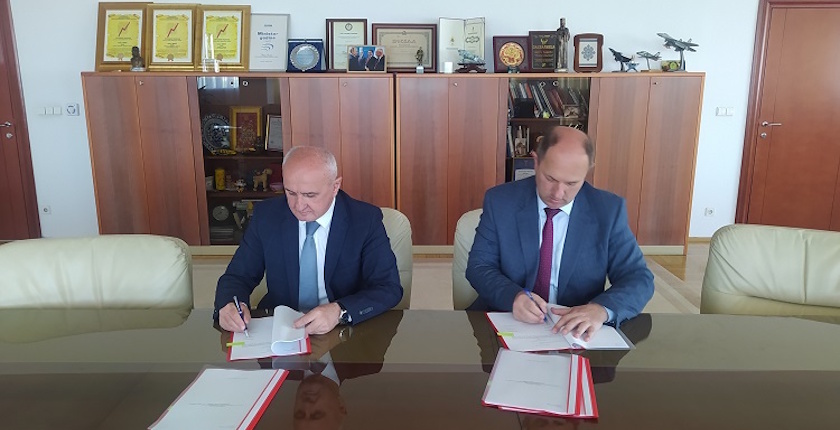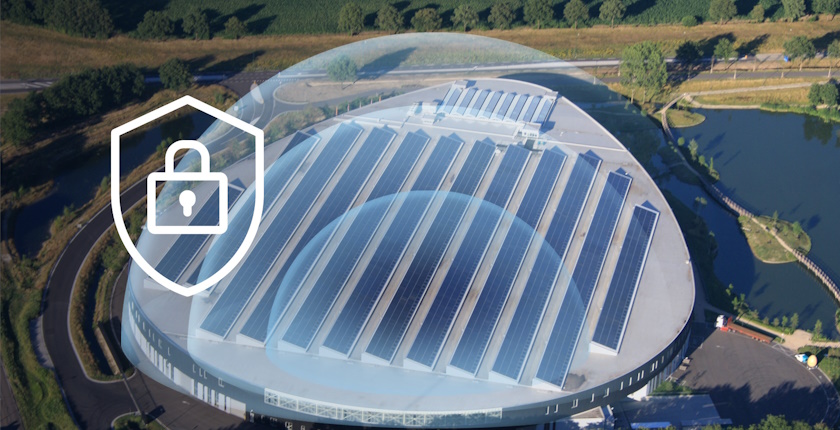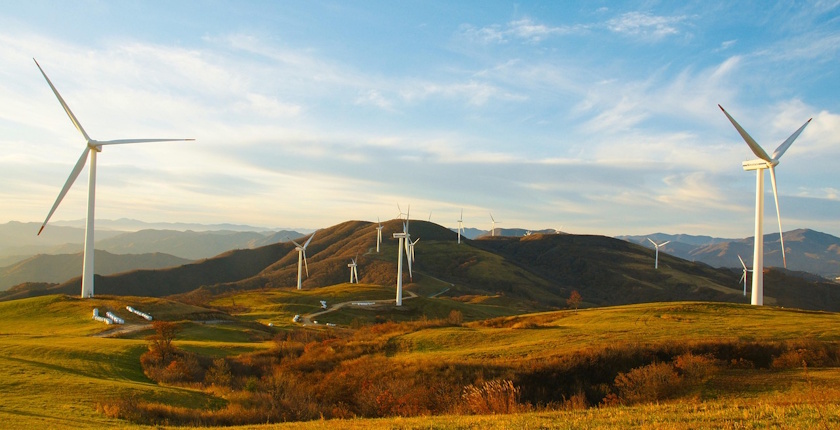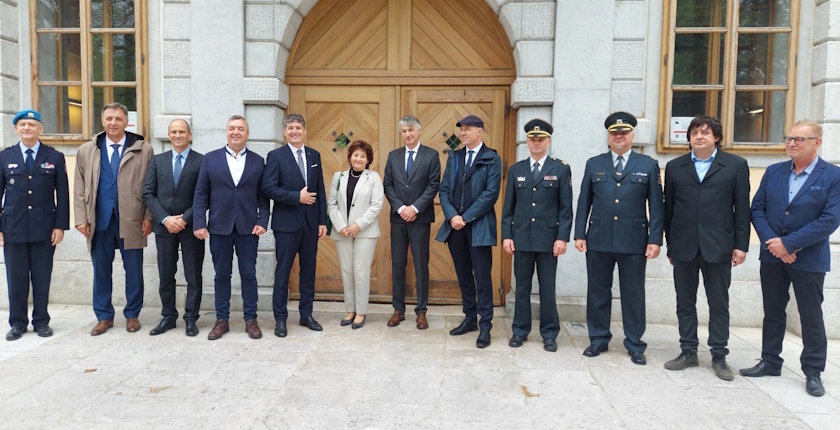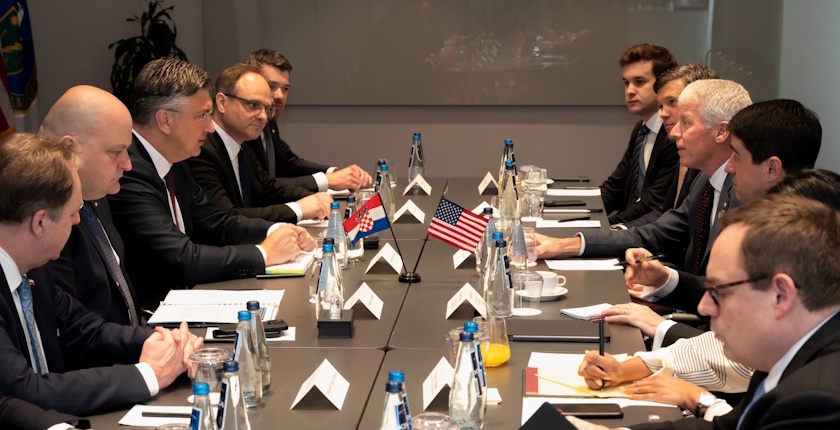
Croatia discusses installation of small modular reactors with US
Croatian and United States officials have discussed the possibilities for energy cooperation to diversify the energy supply in Central and Southeastern Europe. Croatia has expressed particular interest in joint work in the nuclear energy sector.
On the sidelines of the 10th summit meeting of the Three Seas Initiative, held in Warsaw, Croatian Prime Minister Andrej Plenković met with United States Secretary of Energy Chris Wright. Minister of Economy Ante Šušnjar attended the discussion as well and separately sat with a delegation from the Nuclear Energy Institute, based in Washington.
Of note, at the same event, Wright invited Central European countries to abandon the European Union’s energy and climate policy and join his country on “team energy freedom.”
Talks between the two delegations covered various topics, including the expansion of the liquefied natural gas (LNG) terminal on the island of Krk, development of gas infrastructure toward Hungary and Slovenia, and strengthening the security of energy supply in Central and Southeastern Europe.
The two sides have discussed the enhancement of energy independence for Croatia and Southeastern Europe
According to Croatia’s Ministry of Economy, representatives of the two countries exchanged views on further opportunities for US involvement in projects focused on diversifying energy sources and strengthening the region’s energy resilience.
Croatian officials highlighted the importance of ongoing cooperation with the US, particularly regarding the diversification of energy supply and the enhancement of energy independence for Croatia and Southeastern Europe, the ministry underlined.
Minister Šušnjar and Maria Korsnick, CEO of the Nuclear Energy Institute, discussed potential cooperation in the development of nuclear energy, particularly the application of small modular reactor (SMR) technology.
Šušnjar: SMRs is an alternative to existing fossil fuel sources
Šušnjar noted that nuclear energy is increasingly vital for achieving decarbonization and ensuring a stable electricity supply. Croatia has established a workgroup to analyze the potential use of nuclear energy including SMRs as an alternative to existing fossil fuel sources, he added.
“We are interested in partnering with companies that offer advanced, safe, and cost-effective solutions. The Nuclear Energy Institute is a key partner in that process,” Šušnjar said.
Croatia has been expressing interest for the past several years in the Krško 2 nuclear power project in neighbouring Slovenia.
However, Minister Šušnjar recently said his country would focus on developing its own nuclear power capabilities including SMRs.

